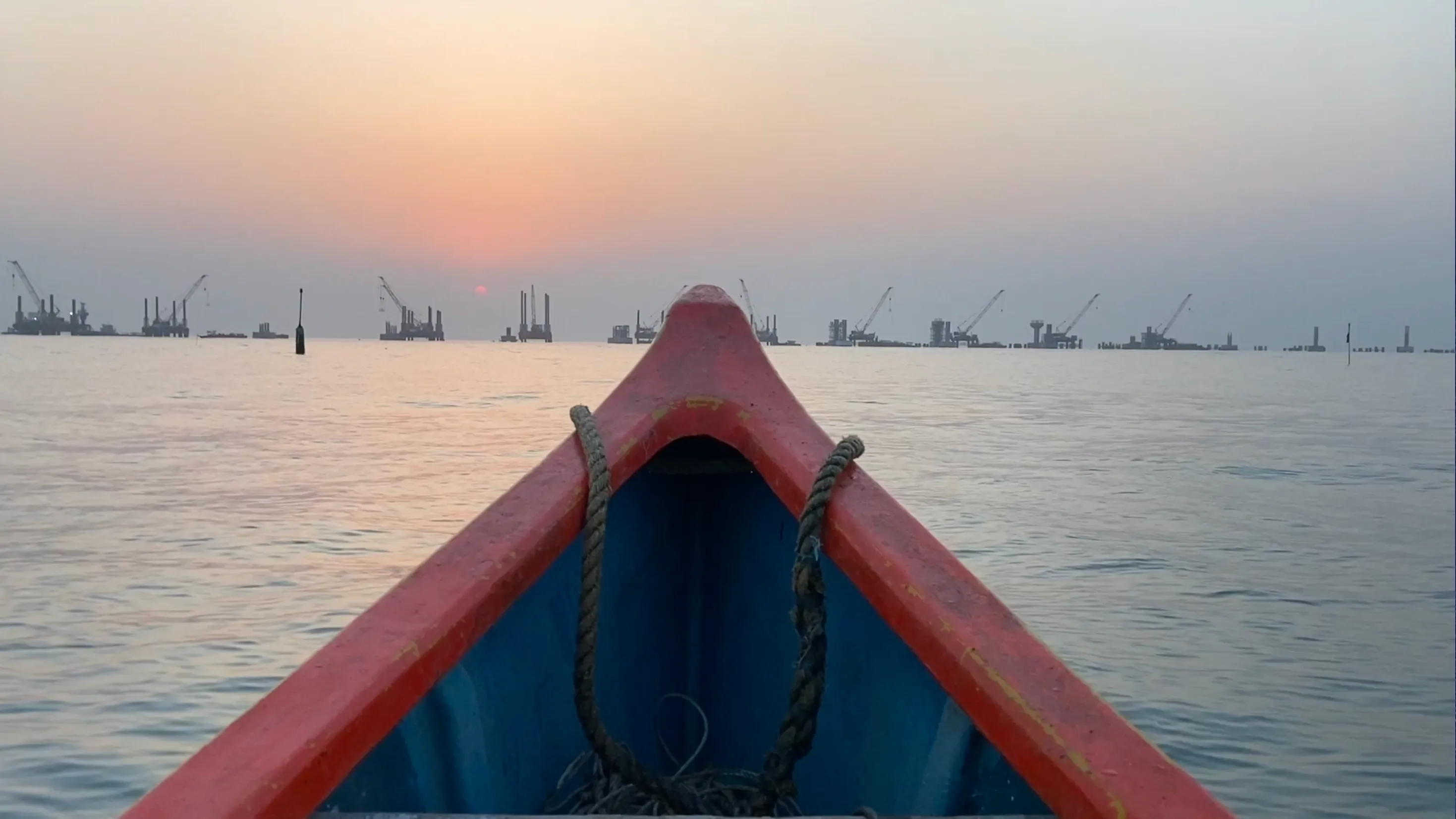
Project Overview
Chimbai is a documentary about a 400-year-old Koli fishing village in the heart of Mumbai - one of the city’s last coastal communities. As urban pressures grow, the film preserves chimbai’s layered cultural landscape in the face of sweeping change. Blending documentary footage with music, illustration, and poetry, we’re working with local artists, musicians, and children to co-create a multidimensional portrait of the village. In addition to the film, we are building a short-form content repository to make chimbai’s heritage accessible to wider audiences. This project challenges top-down documentation by inviting communities to represent themselves. It aims not only to archive what exists, but to strengthen what can grow from it: cultural equity through creative pathways, connecting grassroots artists with wider networks in Mumbai and beyond.
Expected Impact
chimbai aims to preserve and amplify the cultural memory of one of Mumbai’s oldest fishing villages by centering community voices and artistic expression. In doing so, it contributes to cultural equity by enabling residents to narrate their own histories and futures — on their own terms. Alongside the documentary, the project will create an accessible short-form content repository, acting as a living archive for educators, artists, and the public. This will help foster pride and intergenerational continuity within the community, while also making the knowledge and traditions of chimbai more widely visible. By connecting local artists with Mumbai’s contemporary art scene, the project also hopes to seed new creative alliances and open opportunities for homegrown talent. Ultimately, we want the work to challenge top-down documentation practices and serve as a model for participatory storytelling and community-led cultural preservation.
Applicant Background
I am a director and producer, working primarily on documentary films. Cinema taught me first how to listen, then how to reflect what I hear. I discovered this pull on my first project, assisting on a documentary about India’s trans community, where simply holding a frame steady created space for voices often pushed aside. Since then, I’ve pursued stories the spotlight misses - Sania, a rapper in a burkha from Shivaji Nagar, who used hip-hop to confront communal hate during COVID; Kashmiri children transforming poetry into resilience in their classrooms; and young women muralists painting gender-equality narratives on city walls. My goal is quiet gravitas: images that speak softly yet linger, opening space for those in front of the camera to speak.